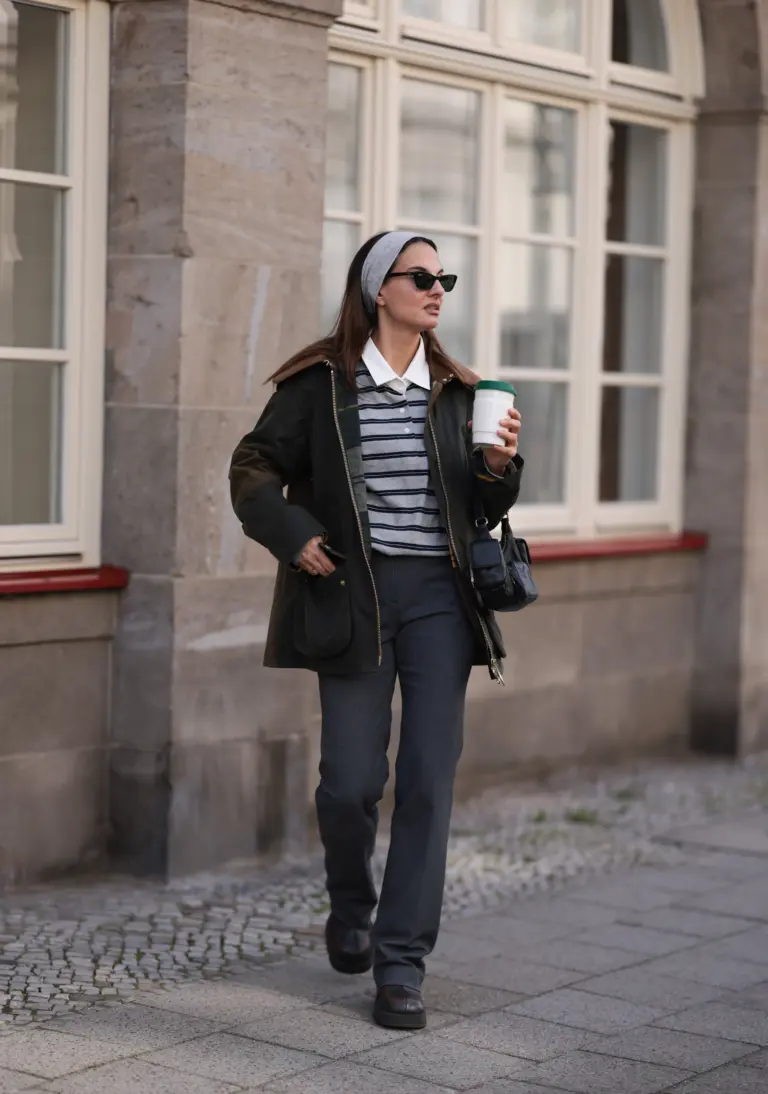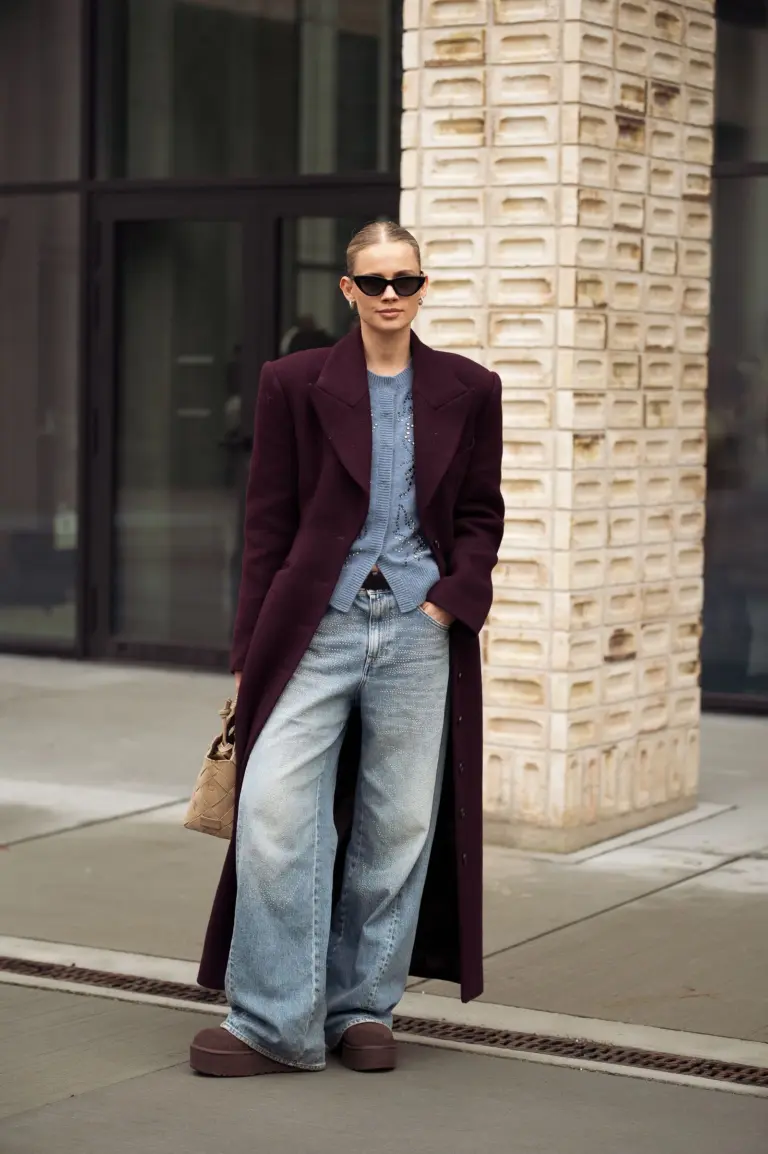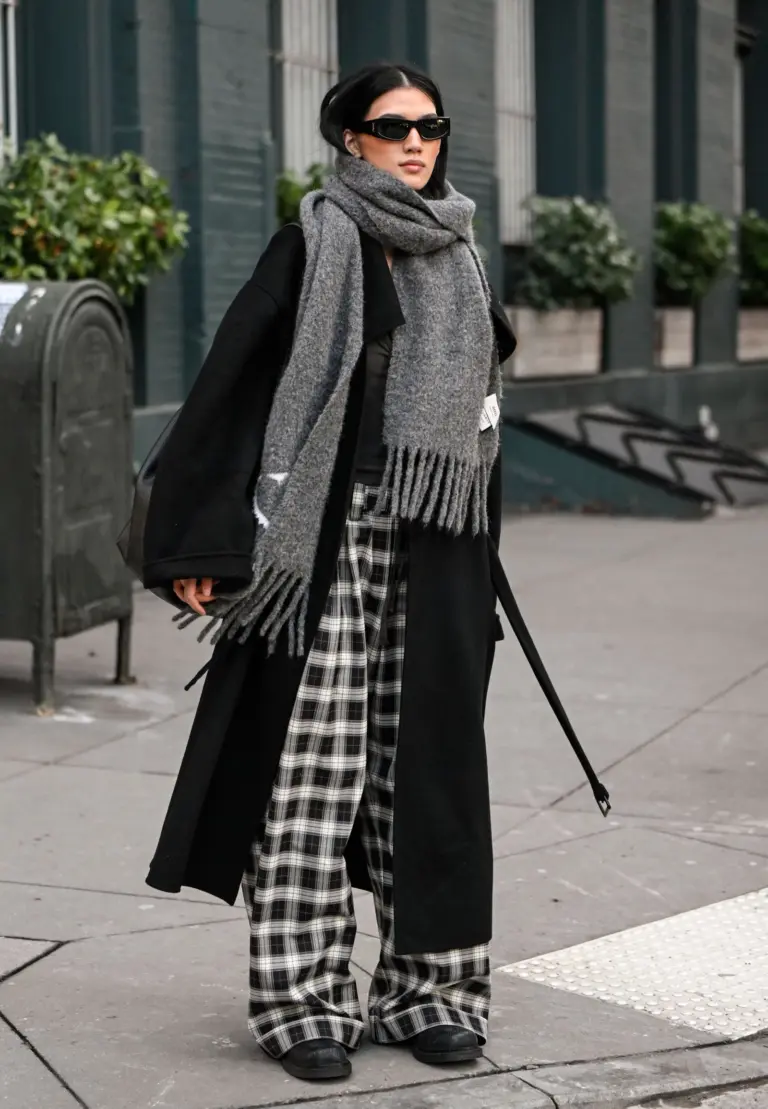On October 9, Netflix unveiled the documentary series “Victoria Beckham,” which recounts the tale of the ascent and decline of the renowned Posh Spice. Continue reading to discover intriguing details we gleaned about Victoria from the show.
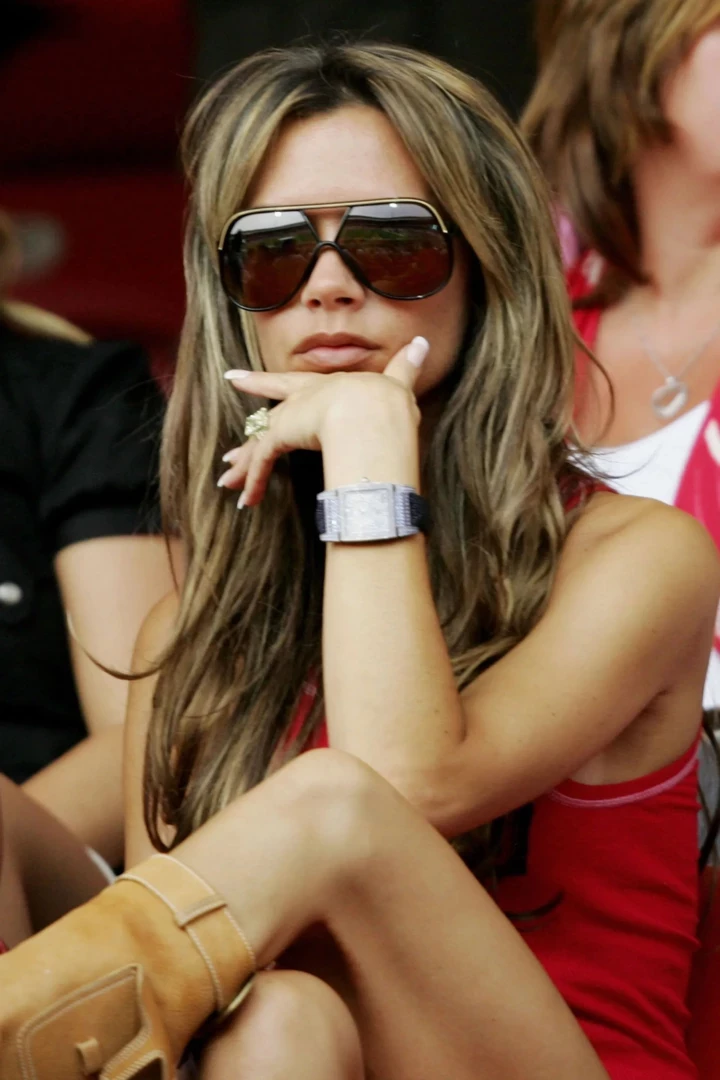
Advertising.
From her earliest years, Victoria aspired to perform before an audience.
The series presents a compilation of past recordings of young Victoria singing, dancing, and acting in elaborate costumes. It appears that before achieving fame as a pop artist, she envisioned a career in stage musicals. “I adored dancing,” she remembers, as a scene appears on screen, depicting a young Victoria tap dancing to the tune of If My Friends Could See Me Now from the musical Sweet Charity. “I always had an artistic inclination. I knew all the lyrics to every song in the West End,” she says with a smile. As her mother later concedes, she tried out for the play “Cats” as a child and was later invited to join the “Star Express” cast.
In her role as Posh Spice, she used the group’s entire allowance on attire.
The Spice Girls maintained distinct funds for their stage outfits and personal clothing. However, as Victoria points out, “the other members weren’t particularly interested in fashion. This left me with a substantial budget.” In one clip, Geri Halliwell, also known as Ginger Spice, complains: “Do you know what I ended up with? A twenty-pound item from Oxfam. She spent all my money.” And what did Victoria purchase with it? “I paid a visit to Gucci,” she acknowledges. “I had never possessed designer items before. And subsequently, fashion became my primary focus.”
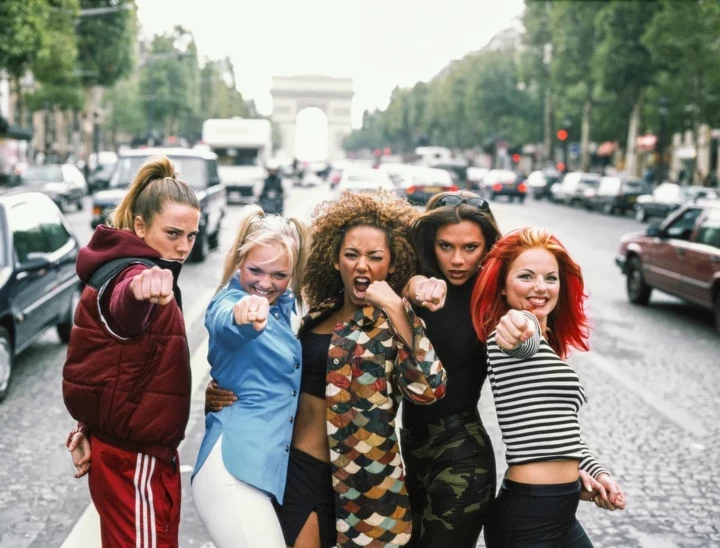
She risked eliciting Donatella’s displeasure at her initial Versace fitting
“Victoria Beckham” showcases a number of celebrity appearances, spanning from her longtime friend Eva Longoria to Tom Ford and Anna Wintour. Yet, the most prominent individual is Donatella Versace, the first designer to invite Victoria to a fashion event. They initially connected in 1997, when Donatella’s daughter was captivated by the Spice Girls.
When Victoria received an invitation to tour the Versace store, she confessed she was “thrilled.” The Versace fashion house arranged for her to travel via private jet to Milan and granted her permission to select anything from the store. “I chose a black leather dress. I recall trying it on, examining myself in the mirror and suggesting, 'I genuinely like this dress, but what if we narrowed it at the waist, made it shorter, and got rid of the sleeves.' I basically redesigned the entire garment. I truly can’t believe I actually did that. It's so shocking,” Victoria admits.
Donatella remembers: “I informed her: 'You shouldn’t be doing this.' And I considered: 'How dare she?' But then I realized – it genuinely enhanced her look. She understands her physique.”
Victoria during the Baden-Baden phase
The opening episode provides details about a period when Victoria was located in the spa resort of Baden-Baden, attracting attention in her extremely short mini-shorts, form-fitting T-shirts, sunglasses, and oversized Birkin handbags. “It was an enjoyable time,” Victoria remarks, laughing. “I had a large bust. I had voluminous hair. We went shopping and savored life. I recall observing one woman who had acquired so many designer outfits and carried so many bags that she struggled to fit through the hotel entrance.”
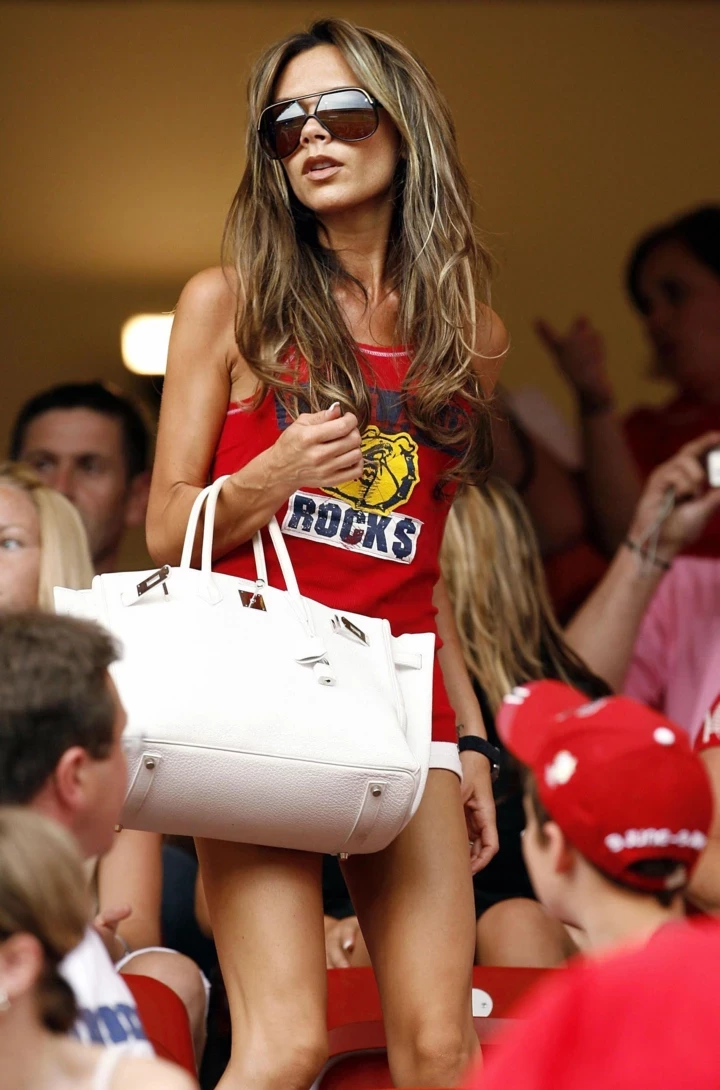
Observing these images presently, she states: “I believe I was just seeking validation at the time, to be completely honest. It was a phase when I didn’t sense any creative satisfaction, so that’s how I remained prominent – from a Spice Girl to a WAG (wives and girlfriends – a label for the attractive wives and girlfriends of notable individuals, mainly athletes and Formula 1 stars). I didn’t understand it then, but I was sincerely attempting to discover myself. I felt as if I was stagnant. I appreciated my situation, but I needed to identify a purpose.”
She found her Marc Jacobs campaign appalling, but a decade later, she converted it into something superior.
View this post on Instagram
In 2007, Victoria created a sensation when she went to a Marc Jacobs runway show. The designer later composed a note asking her to participate in his advertising venture, which she accepted. However, when she was shown the completed pictures, she “was stunned.” They mirrored her public image at the time — and were far from refined.
“It was a true mockery of myself. It was at this point that I recognized that I had become an object of ridicule. No one took me seriously in this field. I realized that I desired to be a designer, that I had my own viewpoint, but I also understood that I needed someone to have confidence in me.”
Ten years later, Victoria went back to the same concept. Now that she had become a solo designer, she sensed she was departing from her personal style and that her individual identity was vanishing into the brand. In an endeavor to “return Victoria Beckham to Victoria Beckham,” she contacted Jurgen Teller, the photographer behind that Marc Jacobs initiative, and requested him to recreate the shoot for her own brand.
“When he captured my image ten years prior, I was mocked. But at this point, I aimed to regain control of that representation.”
View this post on Instagram
To flourish in fashion, she needed to “eliminate the WAG aspect of herself”
The defining element in Victoria's achievements in the fashion industry was Roland Mouret, a designer whose garments she valued and who subsequently took on the role of her mentor.
“Roland identified something within me,” Victoria recalls. “We bonded immediately, and he believed in me. He was extremely sincere and undeniably strict.” He stated that her adversaries were uncertainty and insufficient confidence: “We needed to eliminate the WAG component of myself to transform the dream into reality.” Victoria concurs: “I concealed that large bust in Baden-Baden. I became a simpler, more graceful rendition of myself.”
A partnership with David Belhassen rescued Victoria’s undertaking
During the second and third episodes, Victoria shares openly about the difficulties she encountered in the fashion business as her independent brand started to expand rapidly. In the end, she realized she was in a tight spot—with monetary setbacks totaling into the millions—and David, whose financial contribution was indispensable, could no longer invest. “I was in danger of losing my venture. I needed outside financial support. I required assistance.”
Amid this period, investor David Belhassen emerged. Upon observing the firm’s fiscal state, he acknowledges: “Honestly, I have never encountered a more intricate case.” Initially, he chose not to engage in the advancement of the venture. Victoria was devastated.
“My heart was shattered,” she says with tears in what is arguably the most sensitive point of the series. “I was in desperation.” Nonetheless, Belhassen’s partner altered his viewpoint. One night, when preparing for an occasion, she wore a gorgeous Victoria Beckham outfit—and Belhassen changed his mind.
Belhassen remarks with laughter: One of the lavish outlays that had to be curbed was the €70,000 annually spent on office greenery, as well as the €15,000 compensated to an individual for tending to them. “Victoria told me, ‘I won’t disappoint you,’” Belhassen recounts. After she revealed the spring-summer 2025 collection, he proclaimed: “We’ve gotten the enterprise back on solid footing. But it’s merely a drop in the bucket. There’s an entire world awaiting us that we haven’t even touched upon yet.”
Based on material from vogue.co.uk


